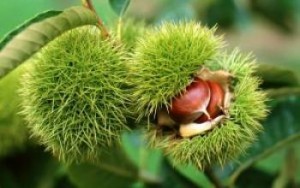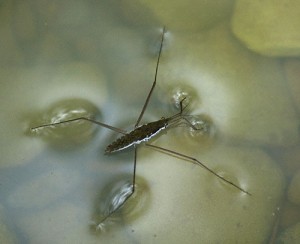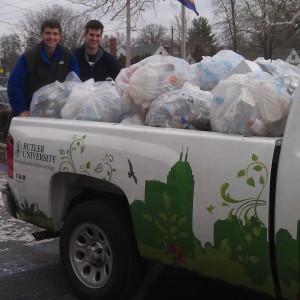by Molly Trueblood
 As much as I try to keep my life spontaneous, I tend to fall into patterns. Wake up at the same time, bike the same route downtown, mow the yard on a certain day each week, eat at the same restaurant over and over. Sometimes it’s easier to do just what I’ve done before.
As much as I try to keep my life spontaneous, I tend to fall into patterns. Wake up at the same time, bike the same route downtown, mow the yard on a certain day each week, eat at the same restaurant over and over. Sometimes it’s easier to do just what I’ve done before.
But recently I’ve been apt to explore new places I’ve never seen before, like the Burdsall Parkway fire station, or the Eagledale neighborhood. As I bike through these unfamiliar streets, I wonder, where do folks who live in these neighborhoods gather? How do they build community and ensure cohesion? Where are the hidden gems in this neighborhood?
Ray Oldenburg coined the concept of the “third place,” a gathering place that isn’t home or work. This is a place where folks go in their neighborhood to relax and connect with neighbors such as a park, a pub, a library, a community garden, or a religious institution. These spaces create opportunities to encounter folks we may or may not have met before, to have discussions and to spark new ideas. They help forge new and stronger links between individuals within a certain location.
There aren’t many third places in my neighborhood. There are a few churches, a great park, a few places to eat, and a soft-serve ice cream shop. But wouldn’t it be great if there were a place where activities were going on almost all the time? Music shows, art classes, dances, spoken-word performances and poetry readings, cooking demonstrations, a community garden, activities for the kids in the neighborhood.
Places like these exist around Indianapolis – some great examples are the Harrison Center for the Arts, Murphy Arts Building, the newly opened Grove Haus. In all of these places, arts are the sturdy backbone of the location, encouraging experimentation, exploration and creation in and around their physical walls.
The arts have a proven track record of successful revitalization, from community-centered art galleries in Detroit to economic development in California. In fact, the idea of creative placemaking is taking off around the country. Art seems like a good place to start if we want to encourage participation by neighbors, community ownership, and creative expression.
Reconnecting to Our Waterways has received a grant to encourage creative placemaking in Indianapolis, particularly in neighborhoods like Mapleton Fall Creek and West Indianapolis. Indianapolis waterways have been both integral and overlooked in our neighborhoods and it’s time that we encourage people to creatively reimagine their waterways as places for art, nature, beauty and recreation.
You can help in the planning process by participating in a waterway committee. Check out more information here. How will you transform your neighborhood’s overlooked assets into destinations for gathering, encountering, and creating with your neighbors?
Molly Truebood is community organizer with the Center for Urban Ecology working on the the Indianapolis/City as a Living Laboratory (I/CaLL) project.




